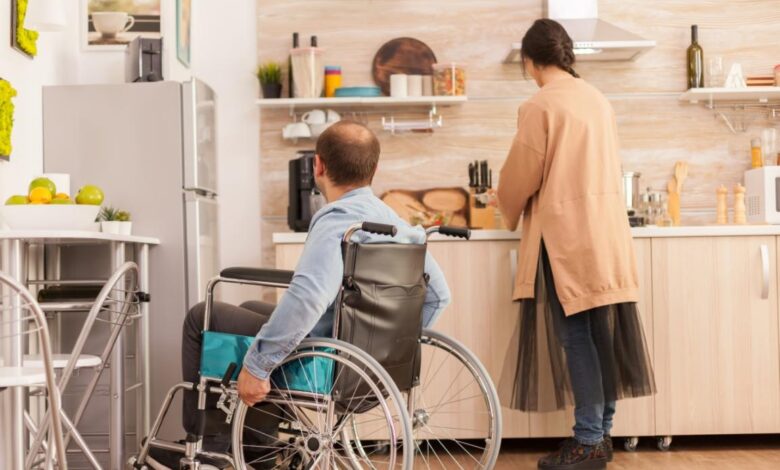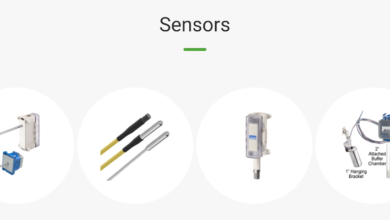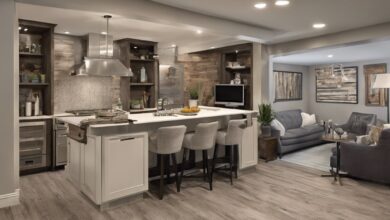Key Factors to Consider When Choosing SDA Housing

Choosing Specialist Disability Accommodation (SDA) is a significant choice for people with disabilities and their families, involving decision-making that a house will meet the resident’s needs and support goals around independence and quality of life. It acts as a guide on critical factors to be considered when selecting disability housing under the NDIS Supported Independent Living (SIL) framework.
Know the needs and objectives of the Participant
It is very important to know the needs and long-term goals of the participant before seeking disability housing in Ballarat. Some factors to consider in this regard include:
Mobility requirements: The participant may have specific requirements regarding wheelchair-accessible features such as ramps, wide doorways, or an accessible bathroom.
Level of support: Know whether the participant requires high physical support, improved liveability, or robust housing.
Social preferences: Determine if the participant prefers to live alone, with a partner, or in a shared arrangement.
Proximity to support services: Consider the accessibility of health providers, NDIS support services, and other community resources.
A clear understanding of these will enable narrowing the list of potential choices.
See also: 5 Key Features of Cliniko, Halaxy, and Splose for Allied Health Practices
Location and Accessibility
Location for SDA housing is important to the encouragement of independence and enjoyment of lifestyle. The key considerations here are:
Proximity to family and friends: Maintaining a connection with a support network is important for emotional well-being.
Community amenities: Seek housing close to public transport, shops, recreational facilities, and employment opportunities.
Safety of the area: The neighbourhood should be safe and offer a sense of security.
Transport links: Access to reliable public transportation or specialised transit services can greatly affect daily life.
Design and Features of the SDA Property
SDA properties are designed to cater to different levels of support needs. When evaluating a property, consider the following:
Compliance with SDA design standards: Check if the property meets NDIS requirements for accessibility and safety.
Customisation options: Determine if modifications can be made to meet specific needs, such as assistive technology or sensory-friendly features.
Functional design: The room should be planned to allow for movement freely and access the kitchen, bathroom, and living spaces easily.
Privacy issues: There is always the concern with privacy in shared accommodation.
Support Services Provided
Most SDA housing tenants have NDIS SIL plans that ensure continual support. Review their quality and availability:
On-site support staff: Trained professionals on site to carry out daily living tasks and any emergencies that arise.
Tailored support plans: The support service should be responsive to the changes in the needs of the participant.
Collaborative approach: A good provider will include the participant in planning care and support for them.
Financial Considerations
In order to secure long-term viability, one should understand the following financial considerations that apply to SDA housing:
NDIS funding: Understand if the participant is eligible for SDA funding and how this sits within the SIL and other NDIS supports.
Extra costs: Know about out-of-pocket expenses not included in the NDIS, like utility bills or non-standard modifications.
Lease terms: Consider the rental agreements, including length of lease, termination policies, and fees applicable.
Provider Reputation and Experience
The quality of the SDA provider can make a huge difference in the overall experience. Research the provider’s reputation by:
Reading reviews and testimonials from current residents or their families.
Checking the provider’s compliance with NDIS regulations.
Assessing their experience in delivering SDA and SIL services.
Asking about their responsiveness to maintenance requests and other concerns.
Future-Proofing
Consider how the housing will accommodate potential changes in the participant’s needs:
Flexibility: Can the property be modified to meet future requirements?
Scalability: Will support services expand or adapt as needed?
Longevity: Is the housing located in an area that remains accessible and desirable over time?
Final thoughts
Coming to a decision on the right SDA housing under NDIS supported independent living requires careful planning and consideration. A specific person’s unique needs, characteristics of the property, individual disability support services provided, financial reasons, and reputation with the provider are key factors that can be drawn from to provide an appropriate solution that can support independence, comfort, and a good quality of life. Working in cooperation with a trusted SDA provider and making sure to collaborate with the participant will get you through to a good outcome.





